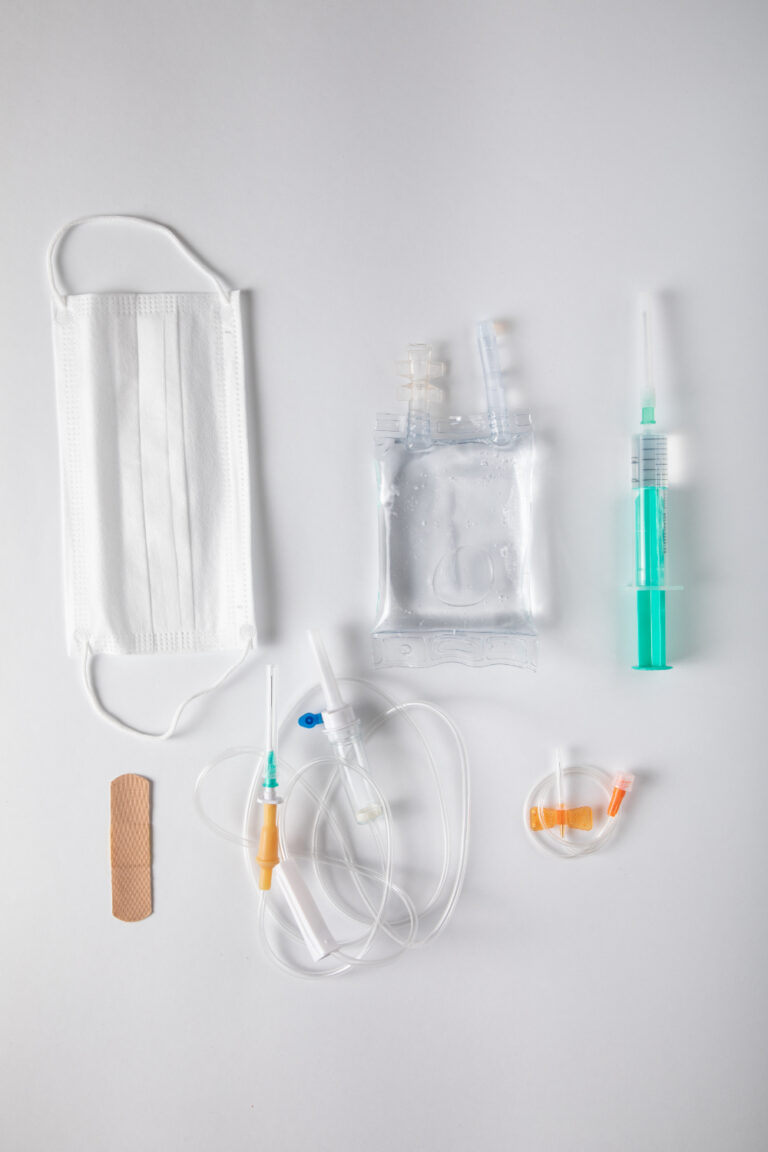
Hospitals operate as the lifeline of healthcare systems, where every decision, from staff hiring to supply acquisition, impacts patient outcomes. Choosing the right hospital supplies is a cornerstone of effective patient care, ensuring safety, comfort, and optimal recovery pathways. However, navigating the complex world of medical equipment, consumables, and technology can be daunting. This guide explores the strategies to streamline your procurement process, guaranteeing both cost-efficiency and quality assurance.
Understanding the Basics of Hospital Supplies
Hospital supplies encompass a broad range of equipment and consumables essential for healthcare delivery. These items range from surgical instruments and diagnostic tools to syringes, gloves, and hospital beds. Categorizing these supplies is the first step in understanding their purpose and ensuring you select the best options.
Categories of Hospital Supplies
- Durable Medical Equipment (DME): Long-term items like wheelchairs, ventilators, and imaging machines.
- Consumables: Disposable items such as bandages, gloves, and syringes.
- Diagnostic Tools: Equipment like thermometers, pulse oximeters, and stethoscopes.
- Specialized Supplies: Niche items for specific departments like neonatal care, oncology, or orthopedics.
Why Choosing the Right Supplies Matters
- Patient Safety: Proper tools minimize risks of complications or infections.
- Operational Efficiency: High-quality supplies reduce downtime and equipment failure.
- Cost Management: Investing in durable, reliable products saves money in the long run.
Factors to Consider When Selecting Hospital Supplies
The decision-making process involves careful evaluation of multiple factors. Here’s what you should consider:
Quality and Standards Compliance
Ensuring that supplies meet regulatory standards (e.g., FDA approval, ISO certification) is non-negotiable. Substandard equipment compromises patient safety and exposes hospitals to liability.
Cost and Budget Alignment
Balancing quality with affordability is essential. Develop a comprehensive budget that accommodates bulk purchasing discounts without sacrificing quality.
Vendor Reliability
Choose suppliers with a proven track record, transparent policies, and robust after-sales support. Reliable vendors ensure timely deliveries and product consistency.
Technological Compatibility
Modern hospitals rely on interconnected systems. Ensure new equipment integrates seamlessly with existing technology, such as electronic health records (EHRs).
Sustainability
Opt for eco-friendly supplies to align with global sustainability goals, reduce waste, and enhance public perception of your institution.
Building a Procurement Strategy for Hospital Supplies
A systematic approach is vital to streamline procurement and mitigate risks. Follow these steps for an effective strategy:
Needs Assessment
Conduct thorough evaluations of each department to understand their specific requirements. For instance, the ICU may need advanced monitoring devices, while general wards require basic consumables.
Market Research
Analyze market trends, compare vendors, and review customer feedback. Emerging technologies like AI-powered diagnostic tools can enhance care delivery.
Trial Runs and Pilot Testing
Request samples or conduct pilot tests before large-scale procurement. This allows hands-on assessment of product quality and suitability.
Long-Term Contracts and Negotiations
Establish long-term agreements with vendors to secure consistent pricing, bulk discounts, and priority access during emergencies.
Inventory Management
Implement robust inventory tracking systems to monitor stock levels and prevent over-purchasing or shortages.
Key Challenges in Procuring Hospital Supplies
Procurement comes with its fair share of challenges. Addressing these proactively can save time and resources.
Supply Chain Disruptions
Global pandemics, natural disasters, and political issues often disrupt supply chains. Build relationships with multiple suppliers to mitigate risks.
Budget Constraints
Limited budgets may tempt buyers to prioritize cost over quality. However, investing in reliable supplies ultimately reduces long-term expenses.
Technological Complexity
Adopting advanced equipment requires training and integration into existing workflows. Allocate resources for staff education and system upgrades.
Emerging Trends in Hospital Supplies
As healthcare evolves, so do hospital supply requirements. Here are some key trends shaping the future:
Smart Technology Integration
From IoT-enabled devices to AI-driven analytics, smart supplies enhance efficiency and decision-making.
Sustainable Practices
Biodegradable consumables and energy-efficient equipment are gaining traction.
Personalized Medicine
Customized tools and devices, tailored to individual patient needs, are becoming more prevalent.
FAQs
How can I ensure the quality of hospital supplies?
Select vendors with certifications like FDA approval and ISO compliance. Regularly evaluate products and prioritize feedback from healthcare staff.
What factors should guide the selection of medical equipment?
Consider quality, compatibility with existing technology, cost, and vendor reliability.
Why is sustainability important in hospital supplies?
Sustainable supplies reduce environmental impact, improve waste management, and align with global eco-friendly initiatives.
What are the common challenges in hospital supply procurement?
Challenges include budget constraints, supply chain disruptions, and adapting to technological complexities.
How can hospitals manage inventory effectively?
Use automated inventory management systems to track stock levels, predict needs, and minimize wastage.
How do emerging technologies impact hospital supplies?
Technologies like IoT and AI improve supply efficiency, patient outcomes, and operational workflow.
Conclusion
Choosing the right hospital supplies is a multifaceted process requiring careful planning and execution. By prioritizing quality, vendor reliability, and technological compatibility, healthcare institutions can enhance patient care and operational efficiency. Stay ahead by embracing sustainable practices and leveraging emerging trends in medical supplies. Informed decision-making ensures that your hospital not only meets its current needs but is also prepared for future challenges.